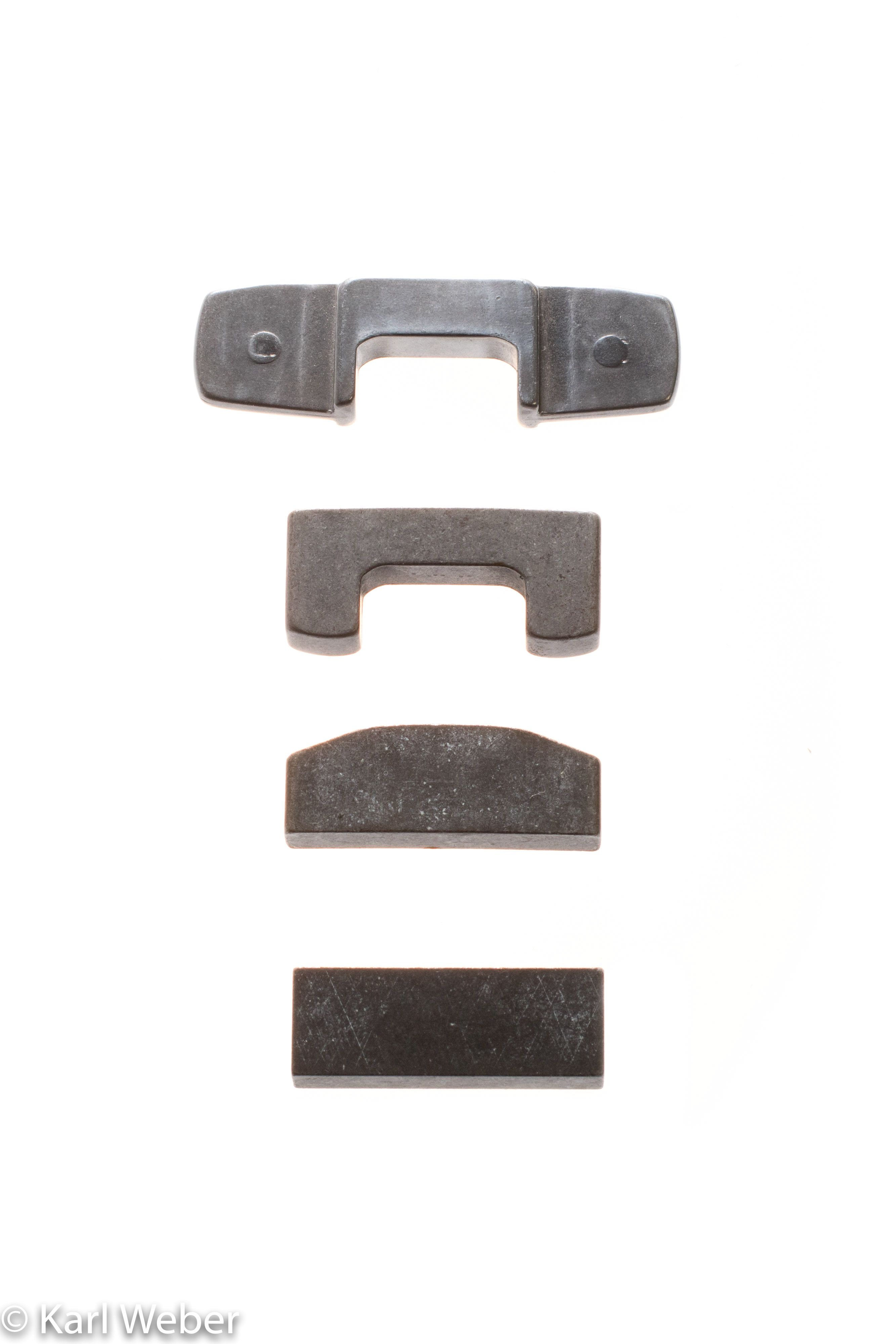
The Cold Forging Process
Throughout history, cold forging or cold forming as a production process has seen intensifying interest and become one of the most widely used methods of making parts. The current energy crisis, material shortages, and rising costs have combined to force consideration of greater efficiency in parts making. Advantages of cold formed parts can reduce the effect these issues have on the production process.
Two major types of cold extruding steel are forward and backward extrusion. The primary purpose of cold extruding is to turn out parts as quickly as possible in the most economical way. The extrusion process conserves steel and provides an excellent opportunity for mass production. The spark plug shown above is an excellent example of cold forging’s ability to save material because the finished part actually contains most of the material from the pre-form. Spark plug bodies are produced by the millions each year using the extrusion process.
Cold forging refers to working metal at room temperature. Work hardening, also called strain hardening, occurs during cold forming due to dislocations in the metallic crystal structure. The materials yeild strength is not decreased, it's ductility is not increased, and work hardening occurs quickly. All these factors make cold forging extremly difficult. A large amount of force is needed and multiple operations are sometimes required to achieve more complex shapes. With proper lubrication, however, tool life is greatly increased when compared to hot or warm forging. The grain structure is stonger and many times hardening by heat treatment is not necessary due to the work hardening that occurs during the forming process.

 Phone:630-325-1091 Fax:630-325-8652
Phone:630-325-1091 Fax:630-325-8652  Printer-Friendly
Printer-Friendly